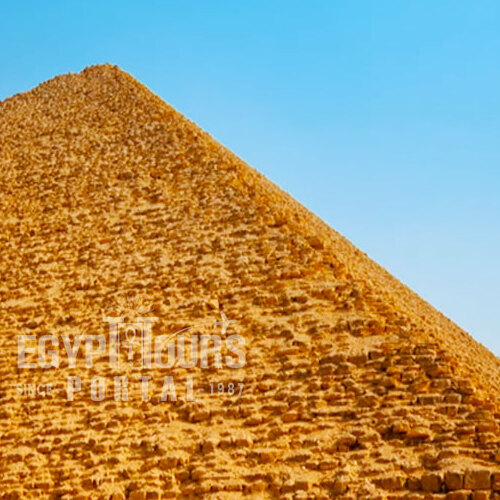No other nation in the world says ‘Welcome’ as often as the Egyptians, and every time, they mean it. While the ancient civilization of Egypt continues to amaze, contemporary Egyptians are equally remarkable.
The Saqqara Necropolis
The Saqqara Necropolis: Egypt's Timeless Gateway to the Afterlife
The Saqqara Necropolis is one of the most significant and expansive burial grounds in ancient Egypt, serving as the royal and elite cemetery for the ancient city of Memphis, Egypt’s capital during the Old Kingdom. This sprawling necropolis stretches across several kilometers and encapsulates more than 3,000 years of Egyptian history, from the earliest dynasties to the Greco-Roman period. Saqqara is most famously home to the Step Pyramid of Djoser, the world’s first monumental stone building, but it is also a treasure trove of tombs, pyramids, and artifacts that provide a window into Egypt’s evolving religious and cultural practices.
The most iconic structure in Saqqara is the Step Pyramid of Djoser, built around 2670 BCE for Pharaoh Djoser by his brilliant architect Imhotep. This six-tiered pyramid represents a significant shift in royal tomb design, moving away from the traditional flat-topped mastabas to a more ambitious form that would become the prototype for all future pyramids in Egypt. Surrounding the Step Pyramid is a vast mortuary complex featuring courtyards, temples, and altars, reflecting the importance of religious rituals in securing the pharaoh’s journey to the afterlife.
Beyond Djoser’s pyramid, Saqqara is home to several other royal pyramids, including the pyramids of Unas, Teti, and Pepi I, each of which holds unique historical significance. The Pyramid of Unas is particularly famous for its Pyramid Texts, the oldest collection of religious writings found in any Egyptian pyramid, inscribed on the walls of the burial chamber to help guide the pharaoh’s soul in the afterlife. These texts are some of the earliest religious literature in the world and would later influence funerary practices throughout the Old Kingdom.
The necropolis also features an array of mastaba tombs, which were used by high officials and nobility. These tombs, such as the Tomb of Mereruka and the Tomb of Ti, offer beautifully preserved reliefs and paintings that depict scenes of everyday life in ancient Egypt, from farming and fishing to elaborate banquets and religious rituals. These tombs provide invaluable insights into the lives of Egypt’s elite and their beliefs about the afterlife.
One of the most intriguing structures within Saqqara is the Serapeum, a grand underground burial complex for the sacred Apis bulls, which were worshiped as earthly manifestations of the god Ptah. The Apis bulls were mummified and laid to rest in enormous stone sarcophagi, some weighing up to 70 tons, within this vast subterranean labyrinth. Discovered in the 19th century by French archaeologist Auguste Mariette, the Serapeum highlights the religious and cultural importance of animal worship in ancient Egypt.
In addition to its ancient monuments, Saqqara continues to be a site of active archaeological discovery. In recent years, excavations have revealed incredible finds, including well-preserved mummies, tombs, and statues that offer new insights into Egypt’s religious practices, burial customs, and daily life.
The Saqqara Necropolis, with its wealth of historical and architectural treasures, remains one of the most important and captivating archaeological sites in Egypt. From the groundbreaking Step Pyramid of Djoser to the rich array of tombs, pyramids, and burial complexes, Saqqara encapsulates the grandeur and mystery of ancient Egyptian civilization. It stands as a timeless testament to Egypt’s enduring legacy, drawing visitors and scholars alike to uncover its secrets.
Created On March 18, 2020
Updated On July 23 , 2025
GIZA Travel Guide



